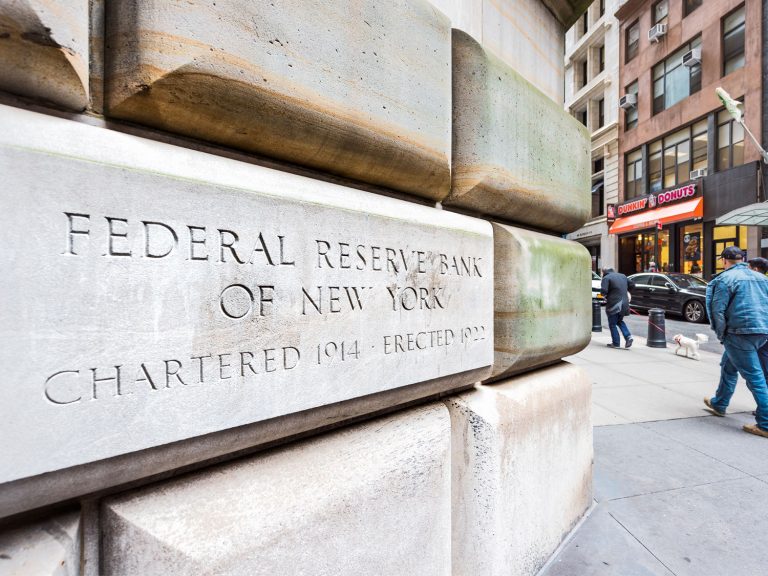
Date:
Supply chain pressure index falling
Tensions across the Taiwan Strait are not good news for global supply chains, but after what has arguably been the most challenging 18 months ever, recent data suggests that supply chains could be returning to calmer conditions.
Since early 2020 shippers, carriers and 3PLs have battled with a continuity of supply chain shocks from COVID19 slashing carrier capacity, pandemic lockdowns, surges in consumer demand, the blocked Suez Canal, upstream and downstream disruption and most latterly industrial action.
The cost of container shipping is coming down on some trade lanes and the number of vessels queueing outside ports is largely falling, while delivery times for air cargo are improving too.
The Global Supply Chain Pressure Index (GSCPI), from Federal Reserve Bank of New York, uses data from shipping, purchasing managers’ index surveys and manufacturing to chart disruption across the globe.
The index is down 57% in July from its peak, with businesses in most large economies reporting an easing in delivery times of inputs and materials in July and a lack of materials and equipment is no longer a factor limiting production for Europe-based manufacturers.
Supply chain pressures were so serious that businesses were stopping production and shortages meant prices were shooting up, but now that goods can get to where they need to be, the system of international trade is dynamic and can recover.
Many hope to see pressures ease further in the coming months, but the impact of the Felixstowe strike and other current disputes have yet to be analysed by the index.
On the face of it, any spot of calm amid wave after wave of geopolitical turmoil should be a good thing for the world economy.
However, the trend may just reflect weakening demand for goods, as high inflation, which has, in part, been driven by the surge in the cost of shipping and materials since 2020.
The purchasing managers’ index (PMI) polls for July reported falling orders and a drop in backlogs, which is further evidence that weaker demand is opening up some spare capacity and allowing supply conditions to improve.
Many, though sadly not all, logistics hubs, ports and airports have adapted to the strains placed on them and are now able to process cargo more efficiently, by better managing the capacity they do have.
Nor is it just China’s wrangling with Taiwan and its disruption to commercial shipping that is cause for concern. There’s also Beijing’s insistence that its zero Covid stance remains the best strategy — a policy that has already led to multiple port and factory closures.
We may have taken a step forward, but disruptions are likely to be with us, for months and maybe years.

With fluctuating supply chain challenges around the globe, we work closely with our offices and network partners to monitor evolving situations and find solutions for our customers, including the most time-sensitive and urgent shipments.
For the latest market insights and to review your supply chain situation please contact Elliot Carlile, who will outline how we can protect your supply chain in these volatile times.
If you would like to receive our regular market intelligence updates covering all things logistics please call Elliot Carlile and we will ensure that you receive this once issued.
